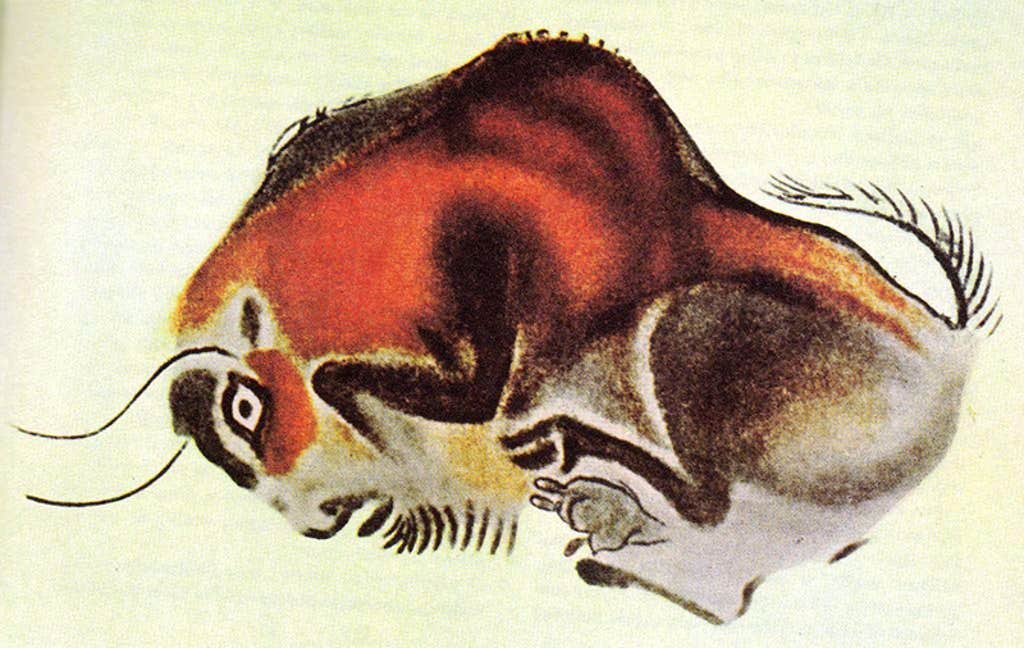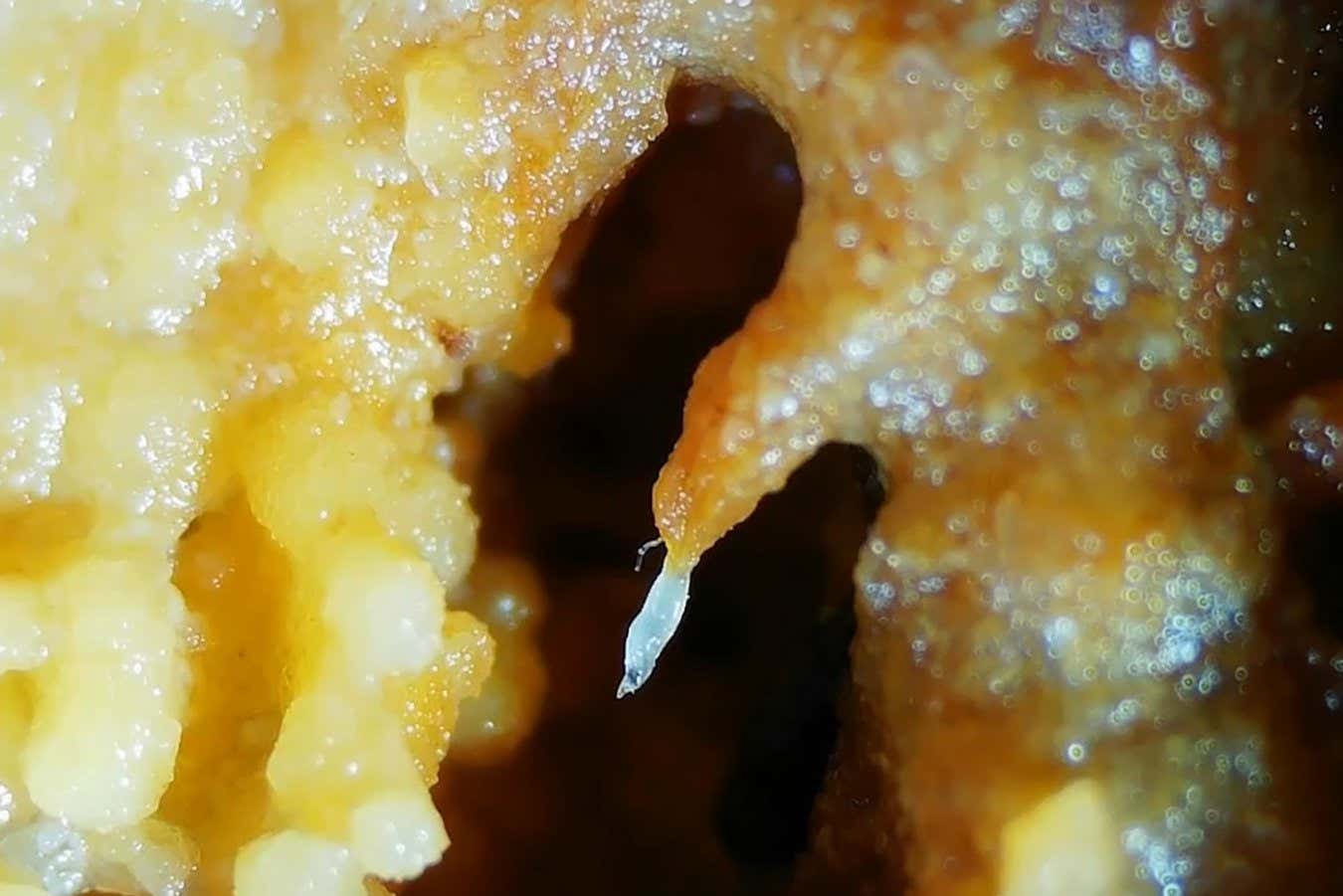Now Reading: Do Bison Have a Place in Spain’s Ecosystem?
-
01
Do Bison Have a Place in Spain’s Ecosystem?
Do Bison Have a Place in Spain’s Ecosystem?

Speedy Summary
- Fernando Morán, a trained veterinarian, transitioned from forestry and game management to working on European bison conservation after an epiphany in 2006.
- He now leads the European Bison Conservation Center in Spain as part of a larger effort to revive populations of Bison bonasus, which went extinct in the wild in the 1920s but were reintroduced starting in Poland.
- Scientific debate exists over whether bison are suitable for Spain due to scant historical evidence of their presence on the Iberian peninsula and concerns about warming climates and high mortality rates among introduced herds.
- Advocates argue that bison can adapt well to Spanish conditions, citing recent ecological benefits such as fire-resistant meadow creation and tourism potential. Critics counter that native herbivores like red deer may already provide similar advantages without disruption.
- Spain’s Cave of Altamira contains iconic images often linked with bison-although scholars agree they depict steppe bison (Bison priscus), long extinct.
- Comparisons are drawn between problematic introduced species, such as Colombia’s hippos descended from Pablo Escobar’s herd, highlighting risks tied to charismatic animal rewilding campaigns.
Image:
Cave drawings suggest ancient links between bison and Spain’s cultural heritage (Image courtesy HTO/Wikimedia Commons).

Indian opinion Analysis
the story highlights notable dimensions of wildlife conservation debates-balancing ecological goals with scientific evidence against cultural nostalgia or public sentiment toward iconic species like the European bison (B. bonasus). India’s ongoing rewilding efforts for endangered fauna may benefit by studying cases like this one before introducing charismatic species into challenging environments purely for its symbolic value or tourism appeal.
India faces parallel challenges with climate-sensitive habitats affecting reintroductions or expansions for creatures like cheetahs (recently relocated) or riverine dolphins within shifting ecosystems altered by human activities and global warming trends-a thoughtful analysis will help avoid avoidable pitfalls while promoting harmony between ecological services enhancement alongside biodiversity preservation goals.

























